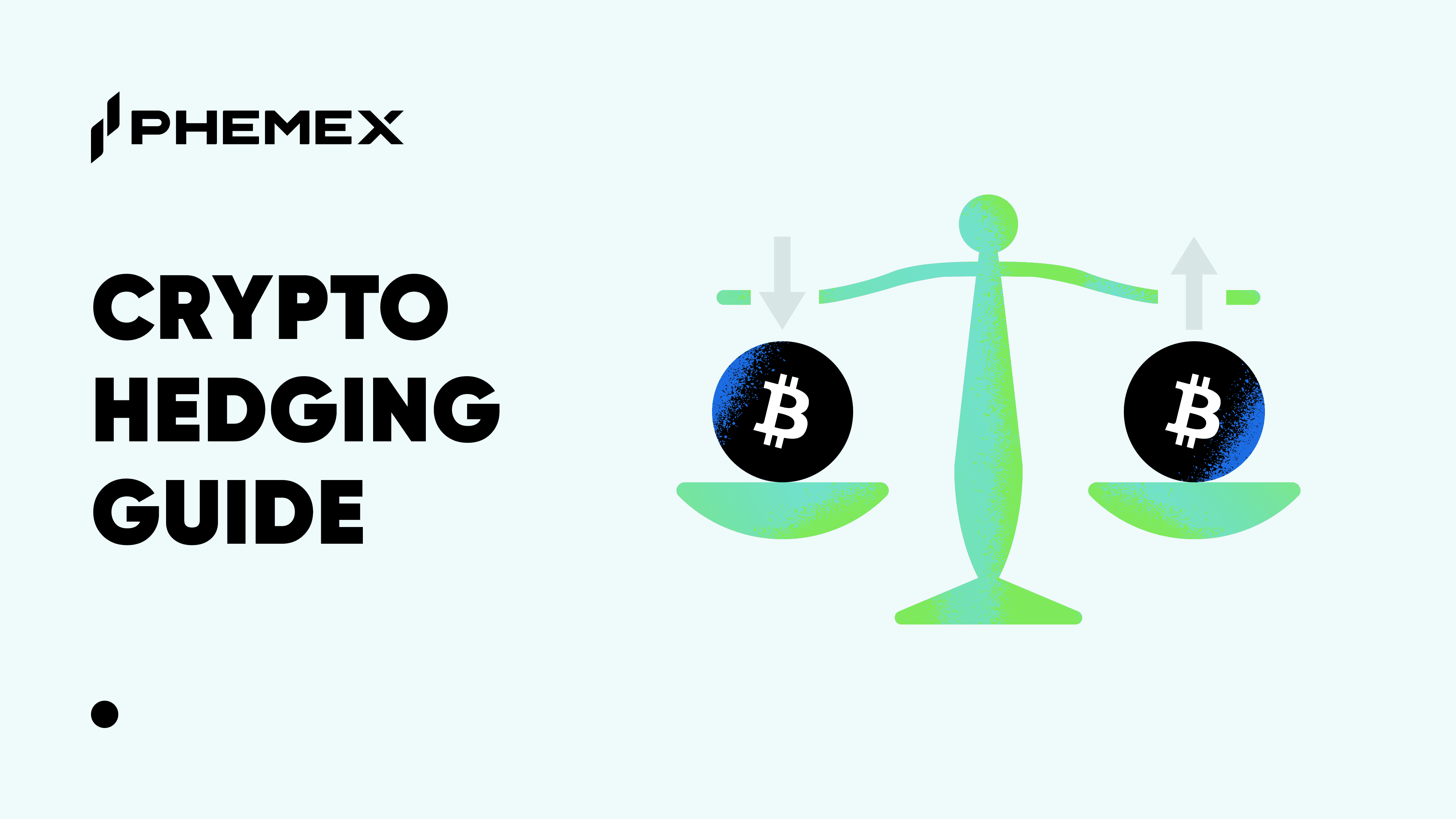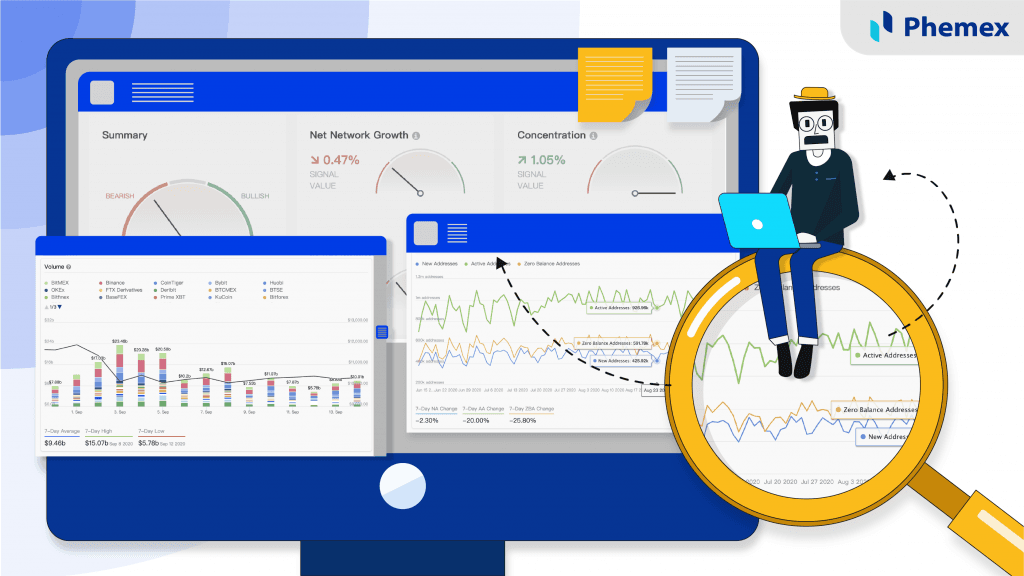Dollar Dominance is a phrase often passed around to describe the US Dollar’s preeminent role in global economic and financial systems, particularly for its prominent position as the premier global reserve currency. Over history, an assortment of currencies have held the title, each with its own cost and benefits. However, as global economies grow and technologies advance, there are questions as to how much longer the Dollar can hold this title, and if a new currency, or even a decentralized cryptocurrency, could one day take the mantle.

What Are The Reserve Currencies?
A reserve currency can be loosely defined as a foreign currency (or currencies) held in large numbers globally by central banks and other monetary authorities primarily for means of international transactions and investment. Holding large reserves also allows countries to bypass exchange rate risk that could occur when making transactions with their own currency. Many major commodities such as oil and gold are priced internationally using the reserve currency (in this case the US Dollar). Thus, countries are more inclined to hold significant reserves.
The US Dollar has long held this role, with IMF data showing the Dollar as representing a commanding 59% of global reserves in 2021.

This has given the United States a range of both political and economic flexibility, enviable by most other global powers. It has also become particularly relevant in recent years as other global powers, notably China and Russia, look to develop alternative outlets to insulate themselves from potential pressure by the US and its partners in global transactions.
Short History Of Reserve Currencies (Pound To The Dollar)
Over the course of modern history, an array of currencies could arguably be classified as the premier global reserve currency of their time, hailing in order from Portugal, Spain, the Netherlands, France, Britain, and most recently, the United States. All enjoyed a period of roughly 80 to 110 years of supremacy, with the US Dollar’s current reign first beginning to emerge around the time of WWI when America’s limited participation allowed it to extend large lines of credit and support to allied nations while keeping its domestic infrastructure relatively unharmed. This trend continued through WWII when the United States, compared to Europe or East Asia, was able to emerge moderately unscathed. The US economy continued to grow, and the US Dollar’s dominance has continued ever since.
Features Of An International Currency
The benefits of supplying the world’s reserve currency are well known. In fact, in the 1960s former French Finance Minister Valery Giscard d’Estaing referred to the US and the Dollar’s position as “exorbitant privilege.” While at first view the US’s significant trade imbalance may often raise concern, the continued global appetite for the US Dollar has allowed the United States to issue lower-cost bonds and have a more significant way over geopolitical actions such as international financial sanctions. That said, the United States must still be careful not to overplay its hand, as continued unilateral actions, such as those taken by former President Donald Trump, can lead to more countries, even partners and allies, looking to develop Dollar-free alternatives to circumvent US influence.
In addition to the potential benefits stated above, there remain significant costs. A highly in-demand global currency such as the Dollar can reduce the cost of imports, but in turn, raises the cost of domestic exports. This can adversely affect domestic producers, particularly in lower-wage manufacturing. This was illustrated in the 2000s when a surge of low-cost Chinese imports coincided with a significant decrease in US manufacturing jobs.
Why Is The US Dollar A “Reserve Currency” Or A Dominant Currency?
Analysis Of The USD Versus The Euro/Pound
For much of the past two decades, the Dollar’s closest peer competitor has been the Euro. Introduced as an accounting currency in 1999 and physically as a hard currency in 2002, the Euro is the official currency of 19 of the 27 member states of the European Union. Together these 19 nations compose an economic bloc with a GDP roughly the equivalent to that of China (at around $14 trillion dollars). Beginning in 2000 the Euro began a gradual climb expanding its share of global reserves, peaking at 28% in 2009, just prior to the onset of the global financial crisis. Since then a steady decline has ensued with the Euro now sitting at roughly 21% of global reserves in 2020.
While the Euro makes up a respectful and meaningful portion of global reserves, it’s unlikely to reach the levels of the US Dollar for several key reasons. Major difficulties, pointed out as far back as 1999 when the Euro was first introduced, is that Europe, as opposed to the United States or China, does less trade with countries in Asia and Latin America, meaning those countries will likely prefer to continue holding US Dollars (not to mention that many currencies’ exchange rates in said countries are tied either directly or in large proportion to the US Dollar).
Additionally, countries, or in this case blocs, who are hoping to increase their standings as a reserve currency must be willing to run an account deficit, something the US has done for many years.
Due to the Eurozone’s divided nature, many governments may be unwilling to accept such deficits for fear of economic or political fallback domestically. The aspects of this second point were made clearer in the aftermath of the Eurozone crisis, which struck the bloc in late 2009. The diversity of economies within the bloc led to controversy when some governments felt it was unfair or unwarranted for them to be forced to bail out their neighbors who have partaken in reckless and unchecked economic activities. This led to threats by some economies of potentially abandoning the Euro and showcased the difficulties of collective decision-making when composed of parties with varying monetary and political outlooks.
To put in terms the Dollar’s relative stability even amongst this crisis, one can consider that in 2018 the banks of Great Britain, France, and Germany (the latter two being the largest economies of the Eurobloc) actually held a higher percentage of liabilities denominated in US Dollars rather than their own local currency. This crisis of unity has plagued the Euro throughout its existence and while the Euro may remain a major player in global reserves for the foreseeable future, for this reason, it’s unlikely to surpass or gain equal footing with the US Dollar.
Is China’s RMB A New Competitor?
Many argue that the currency best poised to directly compete against the US Dollar in the long term is China’s RMB. China’s miraculous economic explosion over the past half-century has seen the nation transform into an economic juggernaut with skyscraper-lined financial centers stretching from Shanghai to Hong Kong. However, despite this rapid rise, China’s unique economic system has stymied its emergence as a global financial player.
The country’s closed capital system has meant that the RMB is not freely convertible and thus is subject to greater government intervention. Because no nation wants to watch their foreign exchange reserves dwindle due to foreign government manipulation, for many years the RMB was never seriously considered as a potential substitute, much less a replacement for the US Dollar or other major traded currencies.
However, as officials in Beijing began to desire greater international influence, Chinese authorities have taken steps to reform and revamp the nation’s financial system resulting in the IMF announcement in 2016 that the Chinese RMB would officially join the organization’s basket of reserve currencies (alongside the Dollar, Euro, Japanese Yen, and British Pound), meaning it could now be issued as a portion of international loans.
This was a moment of great pride for Chinese officials, as the RMB was the first currency to be given the honor since the introduction of the Euro in 1999. Despite the fanfare, the RMB still has a ways to go before it makes any meaningful headway in the global reserves market. Despite its economy making up nearly 20% of global GDP, as of 2019 the RMB still sat at only 2.25% of official reserves, barely outpacing the Canadian Dollar (2.07%) and still less than half of either the British Pound (4.69%) or the Japanese Yen (6.03%).
One area where China has attempted to use its economic weight to push greater influence in global financing is with its proposed use of the petroyuan. As the world’s largest importer of oil by a significant margin, China is hoping to encourage oil-rich nations such as Russia, Saudi Arabia, Venezuela, and Iran to begin accepting RMB rather than the long-standing norm of US Dollar-denominated payments (in the case of the latter two, such a system would allow both nations to bypass US-backed sanctions). While these nations will likely accept some increase in payments of RMB due to the large amounts of trade they do with China, to a large extent many nations will likely remain somewhat hesitant to accept such payments on a large scale due to concerns over the RMB’s lack of full convertibility and the threat of state intervention.
The Future Of Currencies & The Ongoing Debate About The Internationalization Of Cryptocurrencies
Questions regarding the future of currencies have been raised following the global pandemic. As countries continue to battle Covid-19, the shift towards digital and cashless payments has increased, a trend some experts speculate will likely remain permanently. While numerous countries such as China and Switzerland have long been adapting to this cashless system, others such as the United States and Europe are quickly adapting as well.
Others however look beyond competition across borders of centralized currencies and instead contend we could one day soon be entering a new age of digital cryptocurrencies. Though still an understandably far-off possibility, in recent years more and more experts are expressing that in a globalizing technology-driven world, cryptocurrencies could create a more balanced playing field in international financing for developed and developing countries alike. In fact, such sentiments have even been shared by leading US political figures such as Kentucky Senator Rand Paul. Much of the phenomenon erupted in 2017 with the explosion of Bitcoin, a decentralized digital currency that saw its value skyrocket from less than $1,000 per coin to over $19,000 in less than a year. Critics point out rampant instability (Bitcoin has fluctuated from a range of $30,000 to $60,000 in just the past year), however many counter that such fluidity is to be expected in the early stages, and newer more stable cryptocurrencies will likely continue to emerge in coming years. As societies become increasingly cashless, with Switzerland and China being two key examples, central banks are researching and experimenting with possible future trends towards digitized currencies.
Proponents are quick to point out that this concept is still far off, as contemporary cryptocurrencies are far too volatile to be trusted on a global economic level, but nonetheless, they suggest a potential future could see the IMF adopting a digitized currency to either complement or replace the current Special Drawing Rights basket, allowing for a global currency free of political or economic manipulation.
While optimistic views of such a future are bright, deeper concerns lie in the possibility for technological manipulation and hacking. Modern cryptocurrencies are by nature designed to grant autonomy to users, thus the ability to trace and combat theft becomes increasingly difficult. Few countries are likely to soon accept a new norm of a digitalized nationless currency which could potentially have little in terms of fiat-backing were wide-scale cyber-attacks to occur. Furthermore, there seems to be little appetite from political elites to engage in such a monumental shift.
Speaking in 2021, former Democratic Presidential candidate Hillary Clinton said, “I hope nation-states start paying greater attention to the rise of cryptocurrency…[and] the potential for undermining currencies, for undermining the role of the dollar as the reserve currency, for destabilizing nations, perhaps starting with small ones but going much larger.” Thus, while a future of a digital globalized currency has promising upsides and will likely continue to be considered alongside technological development, any sort of universal adoption is unlikely in the near term.
But in recent months, especially in Ukraine, El Salvador, South Korea, and the United States, we’re seeing a greater interest in this asset from the government. Hopefully, this signals an opening-eye moment where innovation is encouraged, rather than over-regulation.










